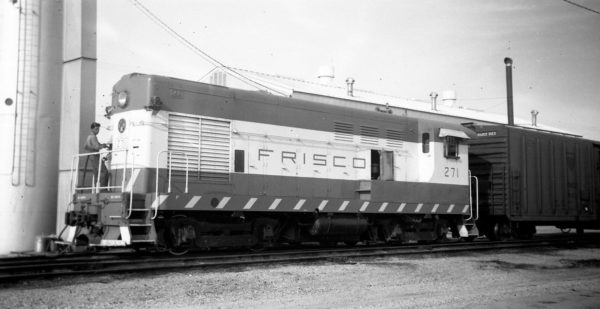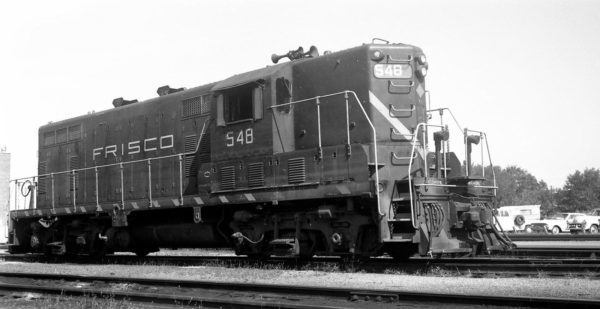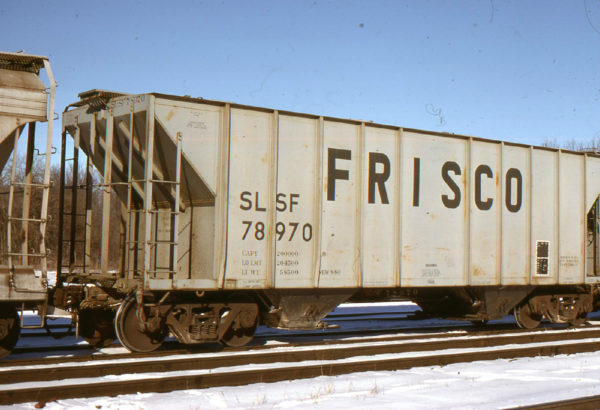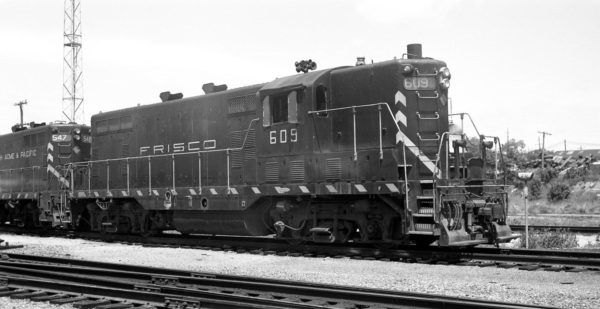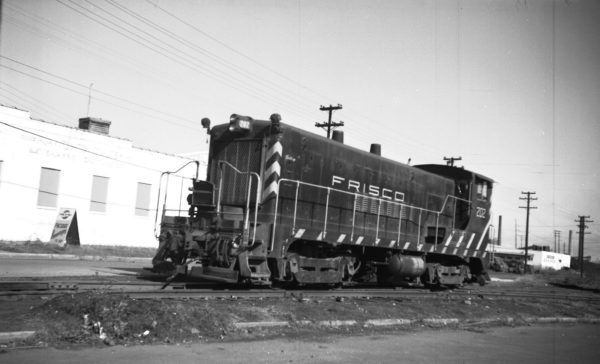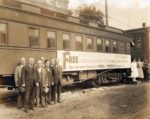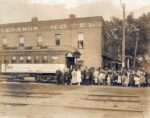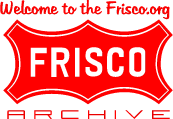Category Archives: Donated Images
Arthur Prysock – Frisco Line
Arthur Prysock – Frisco Line.
H-10-44 271
GP7 548
Hopper 78970
GP7 609
VO-1000 202
VO-1000 200
GP7 523
Traveling Trachoma Clinic
- Traveling Trachoma Clinic
- Traveling Trachoma Clinic
- Traveling Trachoma Clinic
Traveling Trachoma Clinic at Lebanon, Missouri (date unknown).
Posted in Donated Images
Leave a comment

